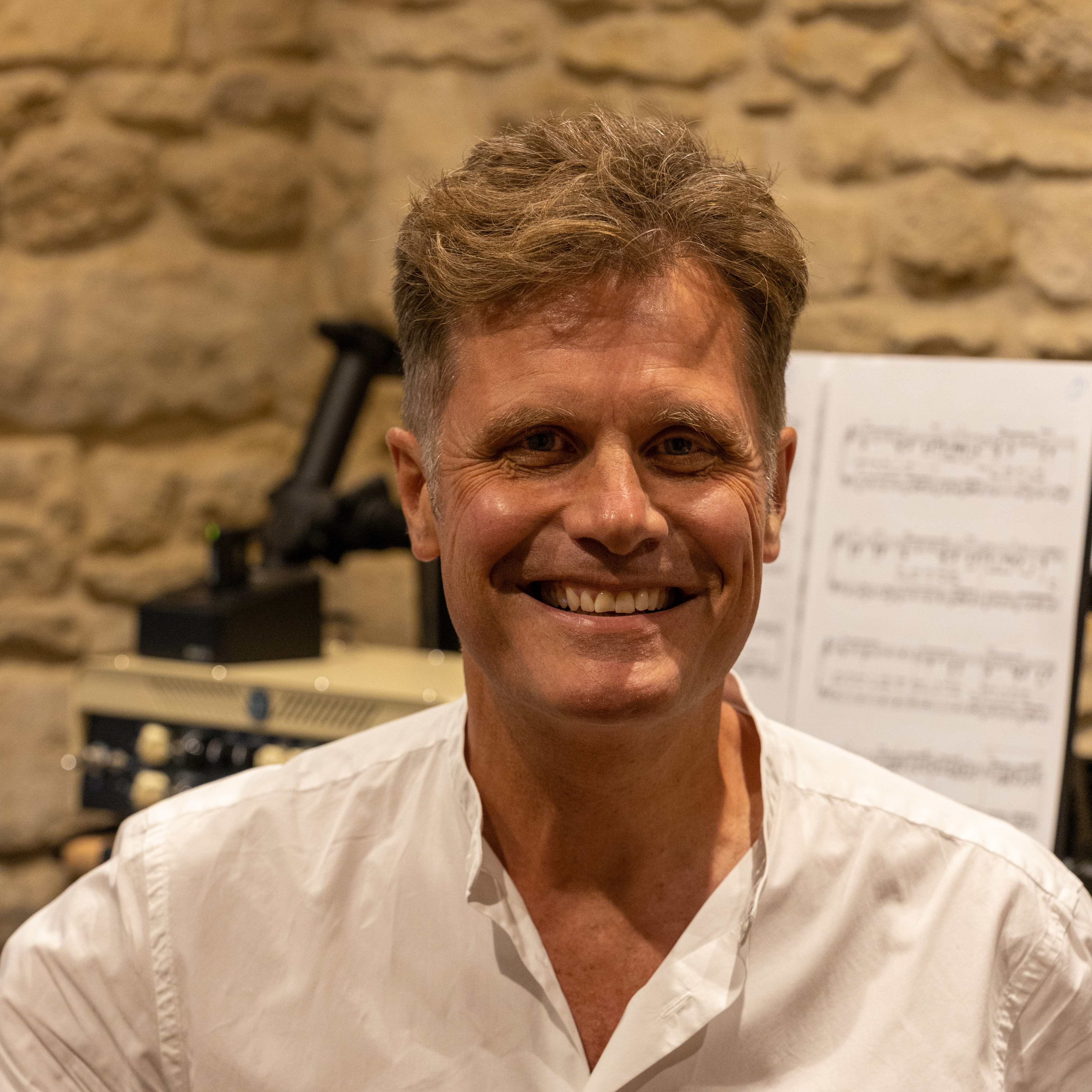Best field recorders 2025: Top portable recorders for capturing sound on-the-go
From foley and found sound to recording your rehearsals, a field recorder can unlock the sonics that surround us

Recording audio out and about has never been easier than it is today. After all, everyone with anything remotely resembling a smartphone in their pocket has the capacity to capture sound pretty much whenever they like. But between irrepressible wind noise and the undeniable sound profile of the ‘phone demo’, the shortcomings of built-in field-recorder tech are easy to recognise.
This is why the best field recorder is an indispensable piece of portable audio ingenuity, which continues to find irreplaceable usefulness in a surprisingly vast variety of disciplines. From journalism to foley art to experimental composition, the field recorder is an essential element in capturing sounds on the fly.
You might be in the market for something to act as an auditory notebook, to jot down creative ideas and catch impromptu moments of expression with ease. You might be looking for a handy way to get high-quality sounds for compositional and sound-design purposes, whether you want to be the next Burial or Ben Burtt. Alternatively, you might simply need a portable rig for your next podcast production.
Whatever your purposes, there’s a field recorder out there for you – and it’s probably in this list. You’ll find some in-depth advice in our FAQs section at the end of this guide, but in the meantime, here’s a selection of the best field recorders on the market right now.
Our top picks
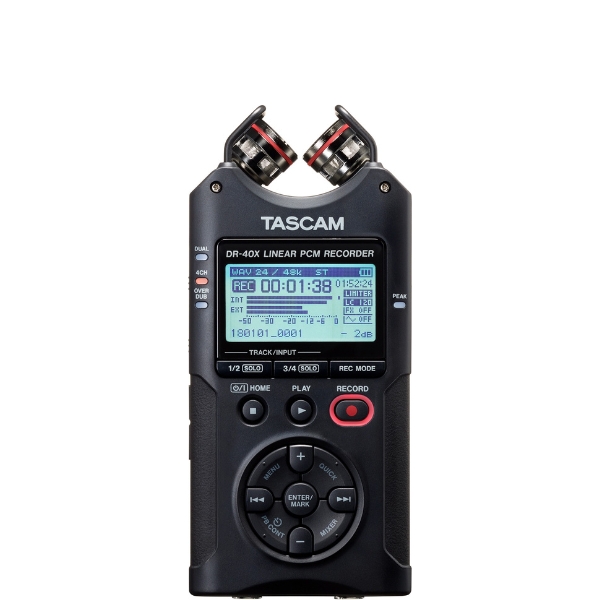
Interested in a well-specced field recorder that won't break the bank? Then take a look at the Tascam DR-40X. It has many features that musicians will adore, including balanced XLR inputs, a tuner, a four-track mixer with over-dubbing, and dual recording. What's more, it doubles up as a class-compliant USB audio interface.
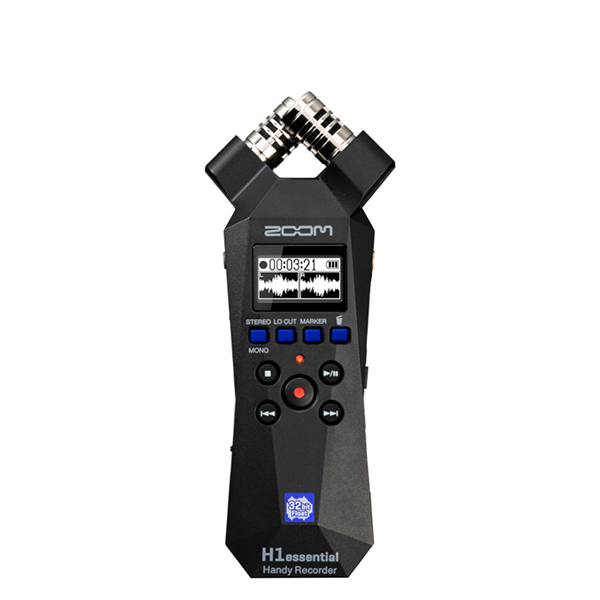
The Zoom H1Essential is a well-priced budget field recorder with pro-level tech nestled in its (quite literally) edgy body. 32-bit float recording as standard is an excellent central feature, bolstered by ease-of-use settings that make this a practical little workhorse.
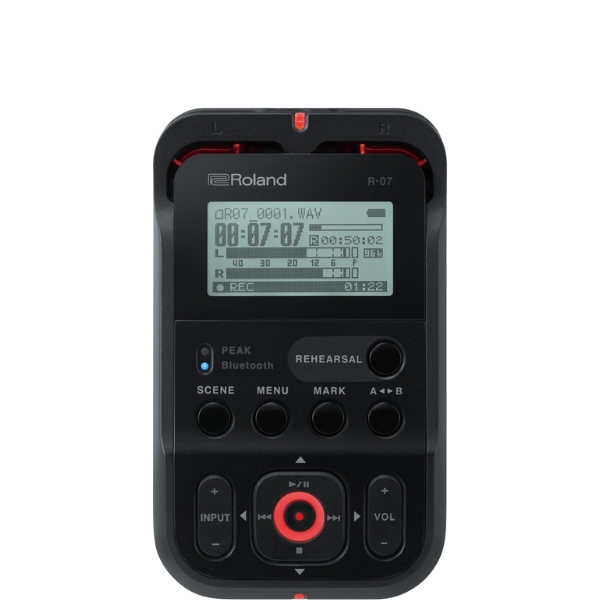
It's not the cheapest here, but if you want great quality audio and ease of use, the Roland R-07 is a brilliant choice for first-time field recorders. The scene presets make recording an absolute breeze, with options for pretty much any recording scenario you'll encounter, and we love how portable it is too.
Best overall
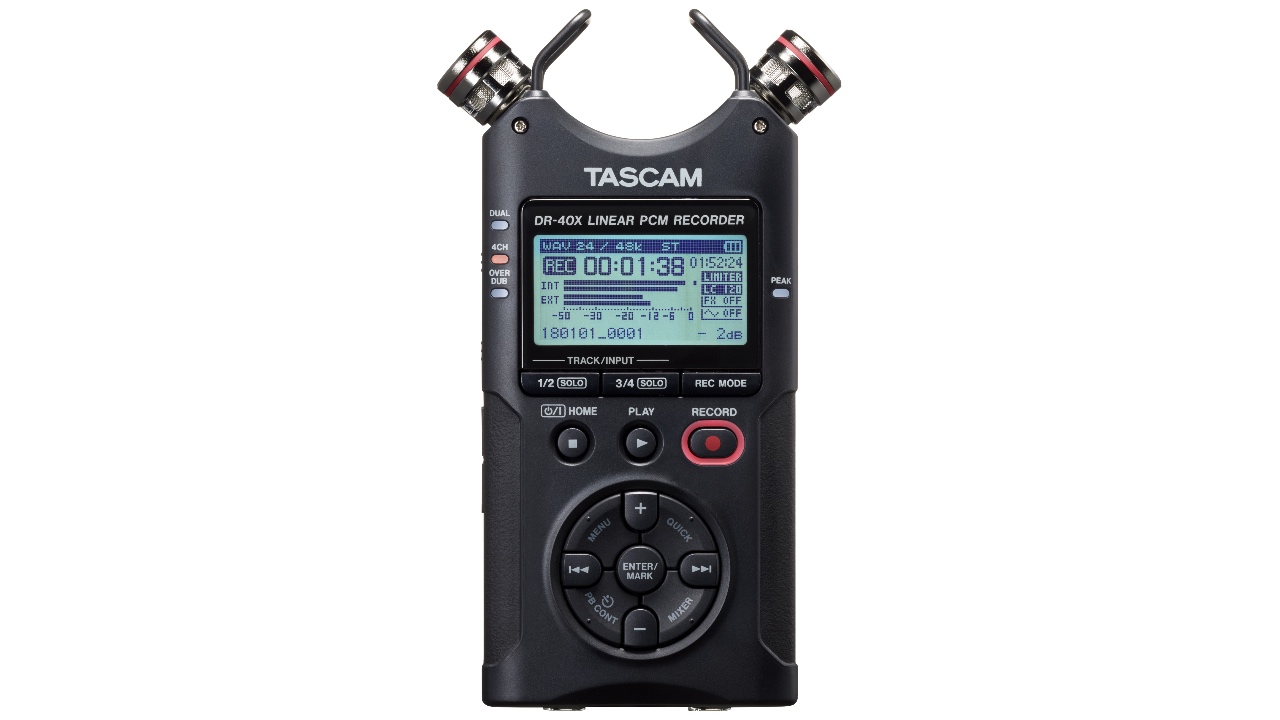
1. Tascam DR-40X
Our expert review:
Specifications
Reasons to buy
Tascam has musicians firmly in its sights with the DR-40X. Not only does it feature two balanced XLR inputs for additional mics, or connection to a mixer, but it also operates as a class-compliant audio interface over USB 2.0. Thankfully, the XLR inputs don't override the built-in mics, making the DR-40X a true four-track recorder/interface.
The DR-40X is littered with other musician-friendly features too, including a basic but very welcome mix facility. You can play back all four tracks simultaneously, while adjusting both the mix and pan of each individual track.
Six different reverb effects, which can be applied to the input or output signal, are on tap to make your band sound suitably vast and the onboard tuner will keep you all in tune. The perfectionist in you can also overdub as many takes as needed and, when happy with the result, bounce the tracks down to a final mix.
Tascam has implemented its own version of dual recording, which provides more headroom by recording a second safety track at a slightly lower level to capture any wayward spikes distortion free. There's is also a peak reduction feature, and a limiter, to ensure clean, idiot-proof recordings.
Best budget
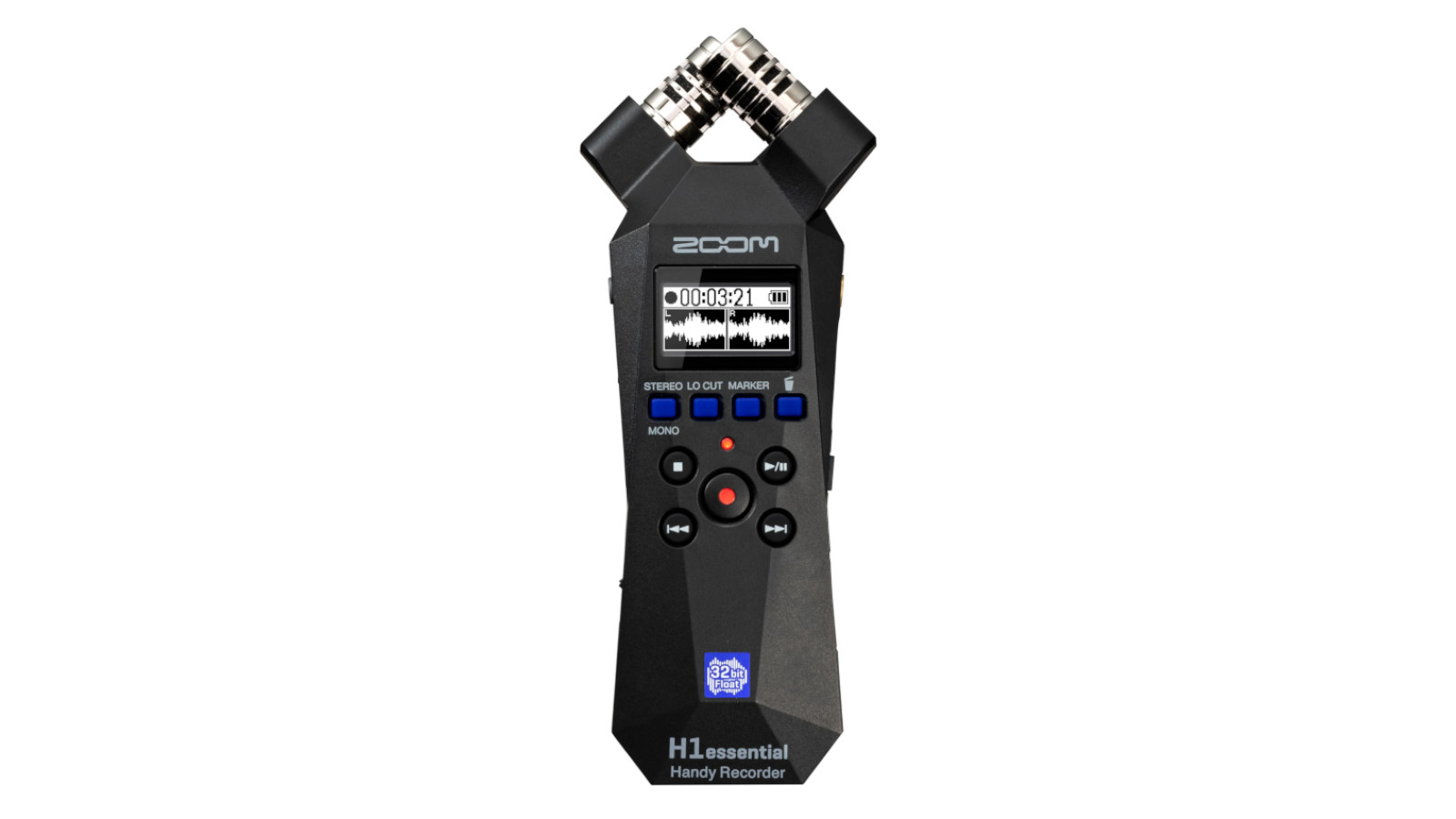
2. Zoom H1Essential
Our expert review:
Specifications
Reasons to buy
Reasons to avoid
Zoom is a mainstay brand in the field recorder space, and responsible for some of the most practically viable portable recorders on the market – from battery-powered multitrack recorders to professional field recording rigs to… this miniscule, sub-£100 handheld recorder with ‘handy’ printed right there on the body. The Zoom H1essential is the latest version of Zoom’s entry-level field recorder, and boasts the sharp new techno-serious geometry to prove it.
The H1essential shares the same slender proportions as similar field recorders that came before, but brings new practical utility to the cash-strapped field-recordist in the form of 32-bit float recording at up to 96kHz. This is the major selling point for the H1essential, but it is a selling point backed up by clever recording and playback bells and whistles, from smart pitch control to easy auto-record settings.
The H1essential can also be used as a USB microphone, courtesy of the USB-C connector which otherwise enables the transfer of data between device and computer. It’s a fantastic field recorder to start with, and a great introduction to what is surely the future of out-and-about audio capture too.

"Zoom’s most affordable Handy Recorder may not be as feature rich as some of its siblings but it gets the basics right, is impressively compact and is very easy to use."
Read more: Zoom H1essential review
Best for beginners
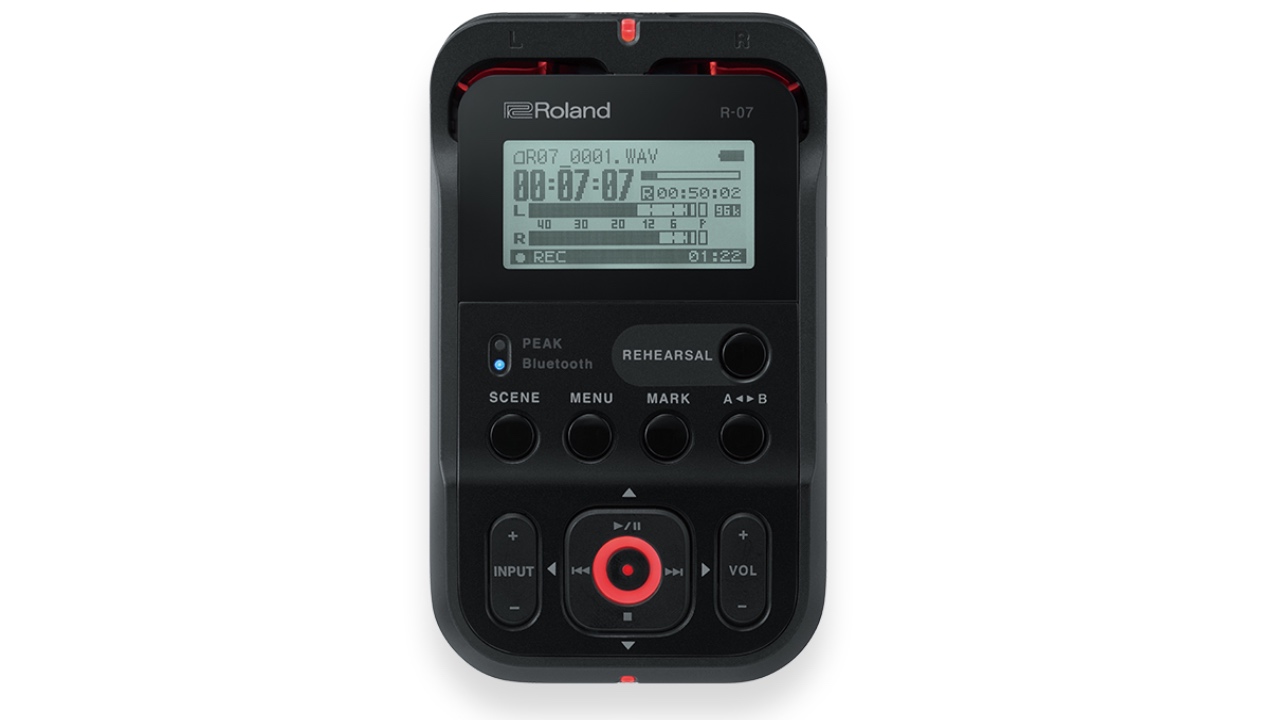
3. Roland R-07
Our expert review:
Specifications
Reasons to buy
Reasons to avoid
Roland's baby recorder has a surprisingly grown-up feature set. This fun-sized marvel just begs to be taken everywhere with you, always ready should inspiration strike. It's dead simple to use – hit the big Rehearsal button to automatically set levels and you're good to go.
Additionally, Roland has included ten parameter preset 'Scenes' that fine-tune the R-07 for common recording needs – Loud Practice, Vocal, Field and so on. Select the most appropriate Scene and the R-07 sets an optimal configuration. Dual recording provides a back-up track recorded at a lower level for increased headroom too.
Its Bluetooth capabilities are genuinely useful, enabling you to place the R-07 close to the action but control it from a distance. It may not give you quality on a par with bigger, heavier, feature-laden recorders, but its portability and simplicity mean it will spend less time languishing in a drawer and more time capturing those priceless, unexpected moments.
Best for versatility
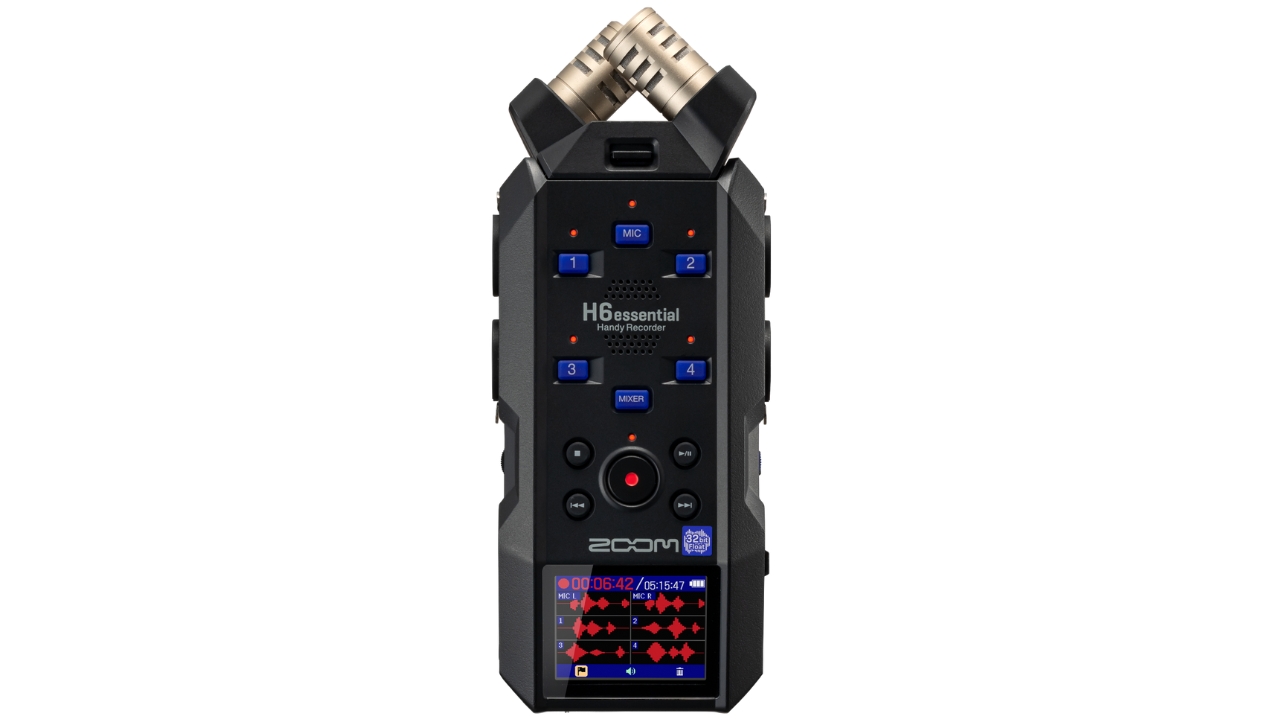
4. Zoom H6essential
Our expert review:
Specifications
Reasons to buy
Reasons to avoid
The Zoom H6essential is a new iteration on a tried-and-tested range of rugged recorders – and one which builds well on Zoom’s phenomenal reputation in the field recorder field. This new run of recorder designs, of which the H6e rules the roost, features some powerful upgrades, that could change the game for sound recordists of every hue.
The chief selling point here is the H6e’s bit depth capabilities. It can record at 32-bit float, the result of which is an absurd dynamic range that essentially renders setting microphone or line-in levels irrelevant. This capability is huge, particularly when it comes to recording something unpredictable or unrepeatable. No more whispered voices drowned out by digital noise, and no more destructive digital clipping from plosives or ‘plosions.
The H6e’s hardware is hugely useful besides, with four locking combo TRS/XLR connectors for additional mics and a bevy of hotkeys to help with navigation and set-up. This is a full-featured portable powerhouse with a great deal going for it, though navigating its menus might prove tricky for those used to knobs and sliders.
Best compact
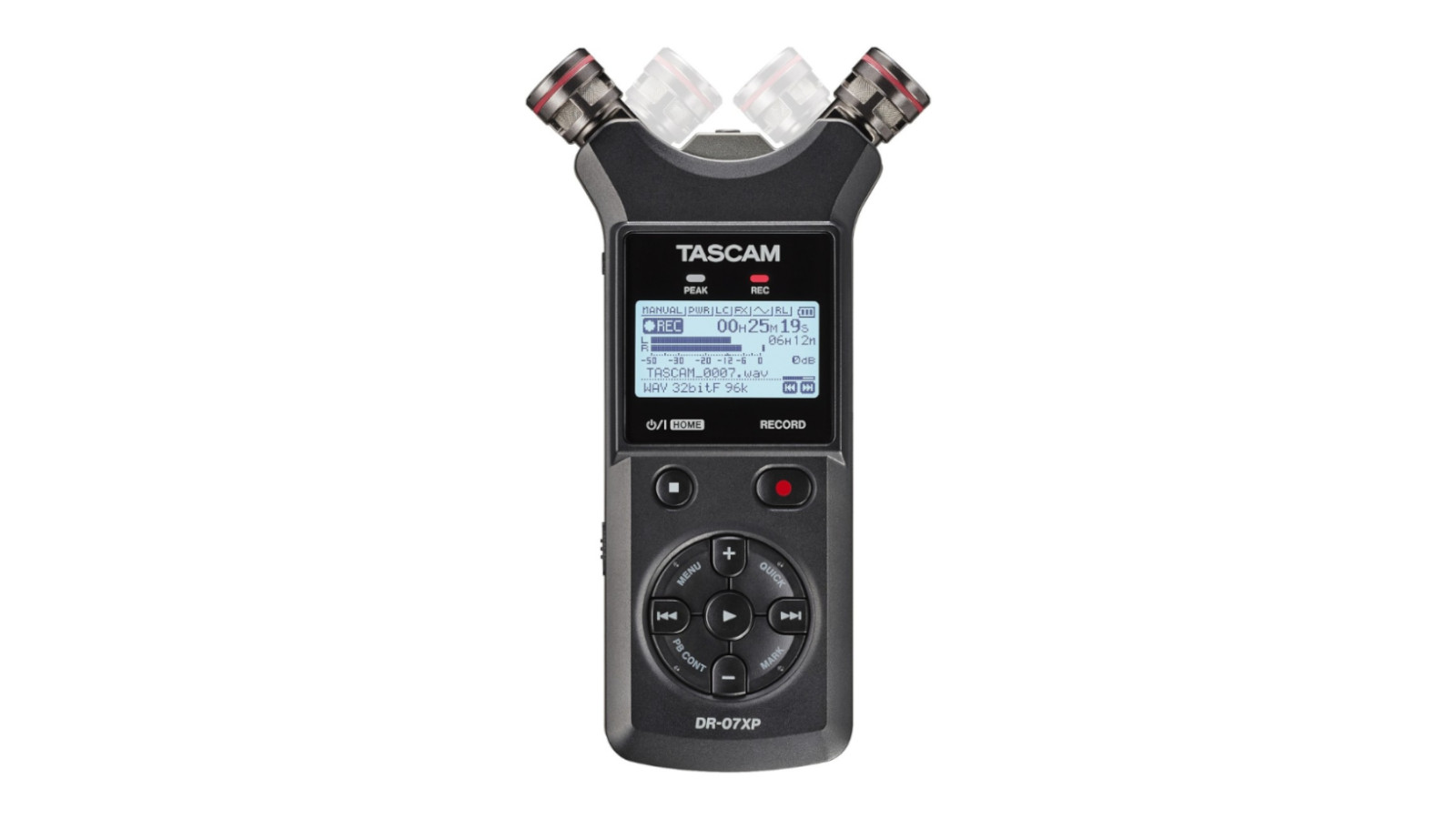
5. Tascam DR-07XP
Our expert review:
Specifications
Reasons to buy
Reasons to avoid
Tascam is easily one of the key showrunners in the world of field recording, having curried enough favour from its early days of making quality four-track tape recorders (which, today, carry untold value for lo-fi bedroom producers the world over). Tascam’s handheld field recorders are just as reliable, if not more so, and the Tascam DR-07XP is the latest compact iteration to join the family.
The DR-07XP isn’t reinventing the wheel, here. It takes an extremely familiar form, bearing a great deal of resemblance to Tascams past – and, in spec terms, sharing a great deal with competitor units co-existing in this very round-up. But the DR-07XP makes small changes where it counts, including adding a sharp and nifty OLED display and, more importantly, 32-bit recording. There’s even an on-board chromatic tuner, ensuring musicians aren’t caught short in the event of an impromptu recording. How thoughtful!
The Tascam DR-07XP wins out as a compact field recorder, against other budget options, for its versatility. It’s more capable at recording 32-bit than its peers, and its adjustable stereo microphones make it easier to control your capture. Between this and the mod cons of USB-C connectivity/audio interface-ery, the Tascam DR-07XP is a compact winner.
Best for portability
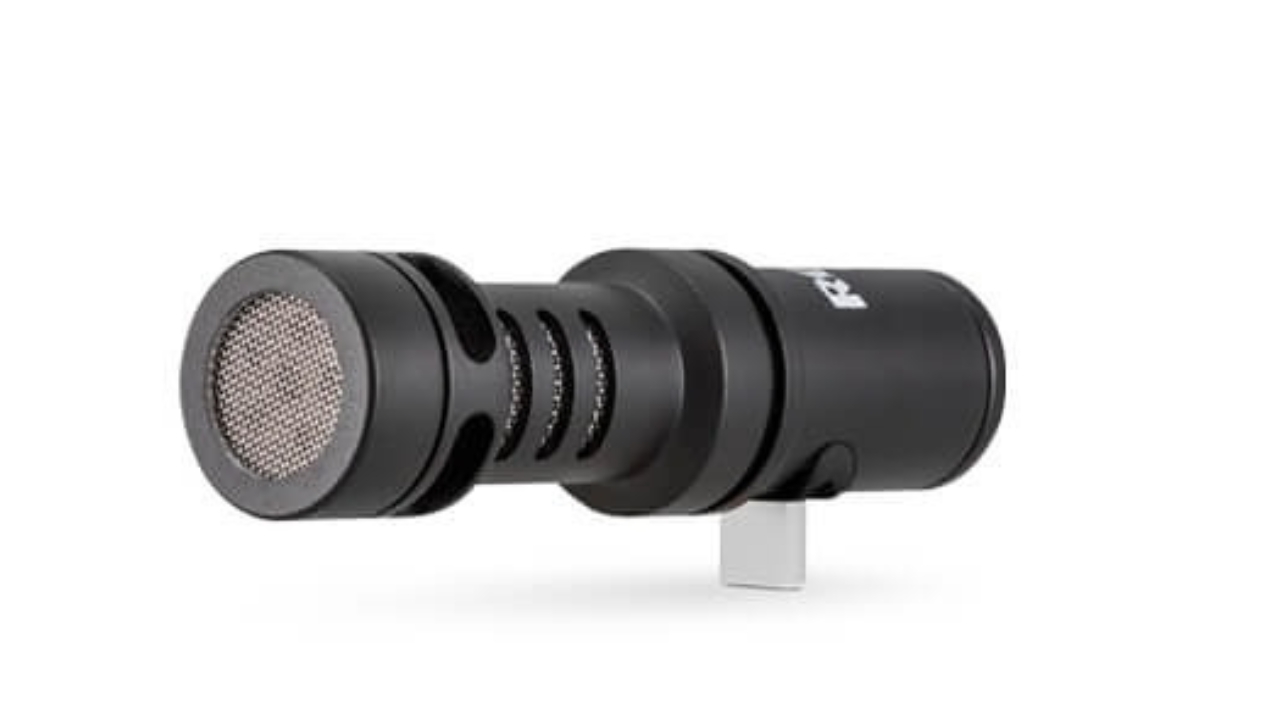
6. Rode VideoMic Me C+
Specifications
Reasons to buy
Reasons to avoid
Here, a departure from the conventional field-recorder format, in the form of a product that utilises the power of something already carry around every day: your smartphone. The memo and voice recorder functions of the average musician’s phone are already a major part of the creative toolkit, and already most of the way to being a highly-functional on-board field recorder; why not gift them a better means of field-recording?
The Videomic Me-C is an USB-C shotgun mic attachment from Rode, which clips straight on to your smartphone or tablet. The Me-C+ is compatible with both Android and iOS devices, making it a near universal option for boosting the quality of a given device’s audio. It’s a mini-interface, too, adding a stereo mini-jack output for monitoring as you record.
The initial point of the VideoMic series was to supplement video cameras, providing higher-quality audio capture while shooting. In the hands of musicians and sampl-ists, though, this becomes an excellent way to improve the capabilities of existing technology – and a highly portable impromptu option for catching sounds and ideas on the fly.
More options...
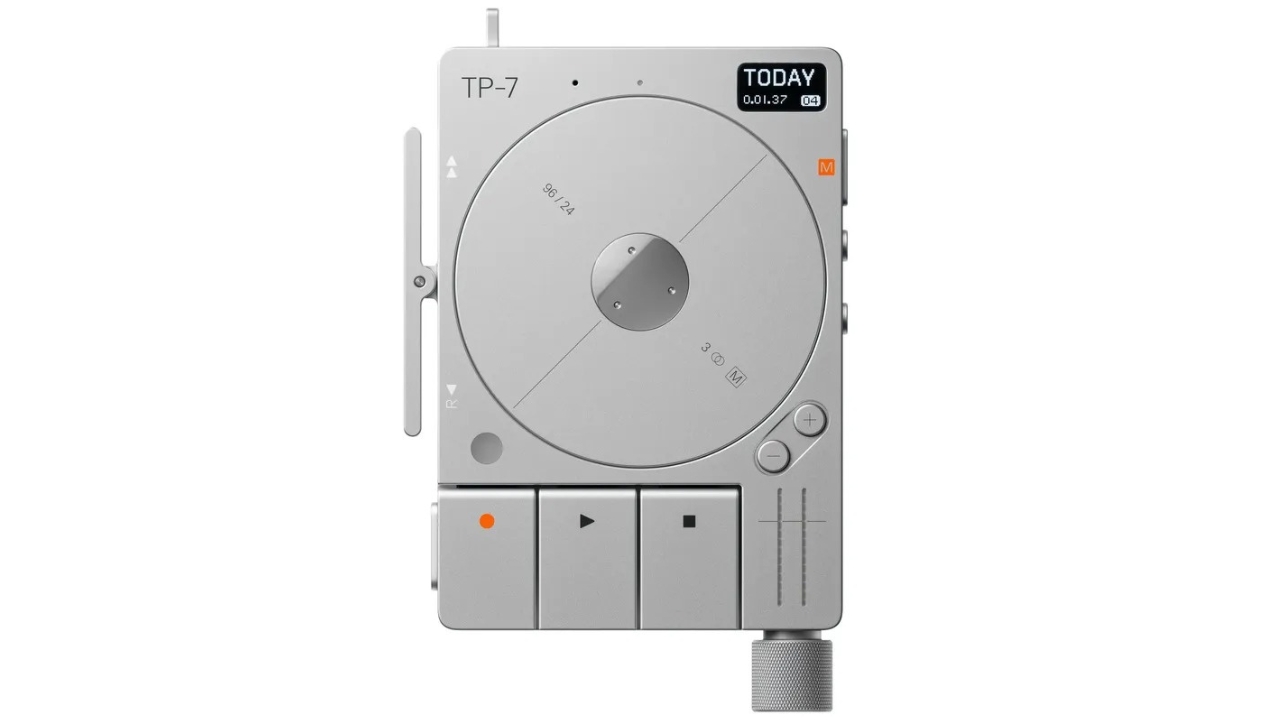
Specifications
Reasons to buy
Reasons to avoid
Teenage Engineering has become famous for two key things: its playful, tactile approach to audio equipment design, and the near-exclusionary upper-range price points that most of its designs possess. Both are on display here, with this precision-engineered handheld recorder that brings new meaning to the term ‘hands-on’. The Teenage Engineering TP-7 is a diminutive voice recorder device, with some hugely fun elements – most striking of which is the rotating disc that dominates its front face.
This disc is a jog wheel for navigating your recordings, letting you scrub back and forth or even pause recordings in progress. The fast-forward/rewind rocker switch on one side – and the hold-to-record memo button on the other – resemble handheld cassette recorder controls of old, while the face controls beneath the motorised reel resemble desktop recorders of the same.
These skeuomorphic controls belie the power beneath the hood, where the TP-7 can record six stereo channels of 96khz/24-bit audio. It’s extremely connectable, has 128GB of storage, and lends itself to a wide variety of potential use cases. The four-figure price is somewhat off-putting for any field recorder, but ultimately the price to pay for quality designs as considered as this.

"There are more rugged field recorders out there, but few do it with such style. Not to mention the impressive integration with Field Kit."
Read more: Teenage Engineering TP-7 review
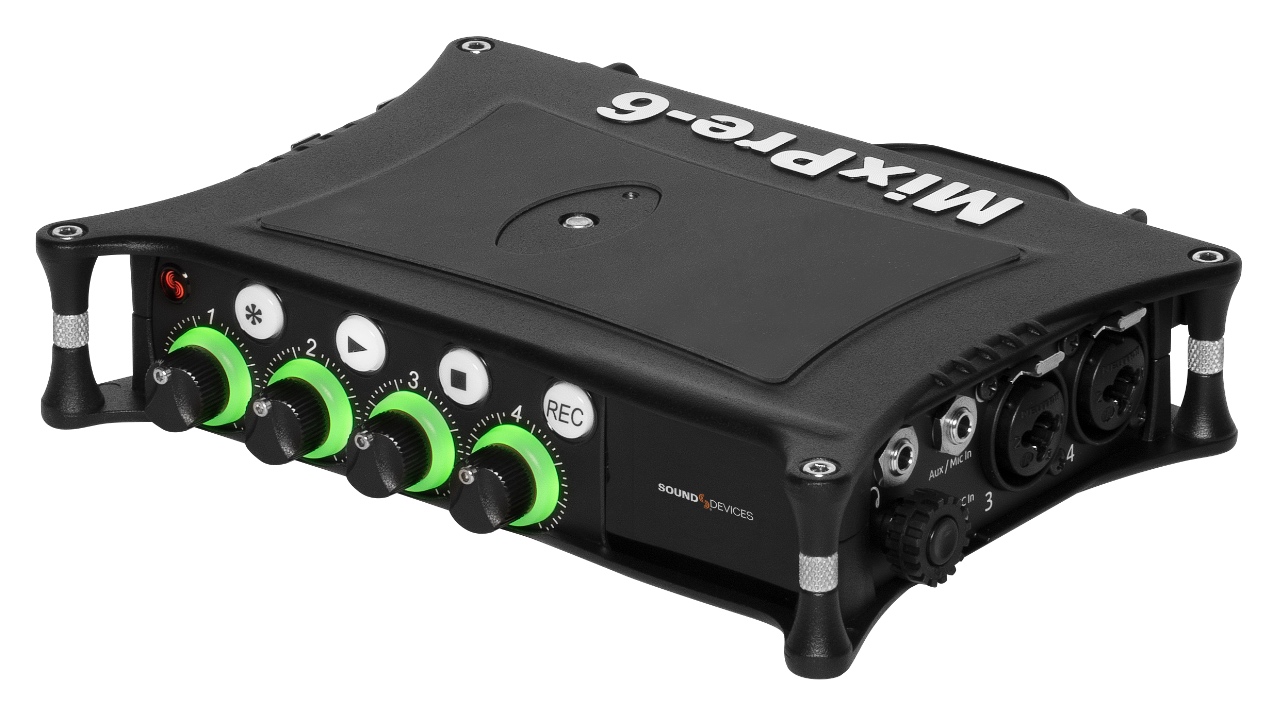
8. Sound Devices MixPre-6 II
Our expert review:
Specifications
Reasons to buy
Reasons to avoid
Sound Devices is an iconic brand in the world of film and TV. Its pricey 800 and 600 series recorders are simply legendary, widely regarded as go-to devices for capturing location audio for Hollywood blockbusters, such as Oscar winner The Revenant. The recently launched MixPre II range is more wallet-friendly – ideal for sound designers, podcasters and musicians nervous at the prospect of having to sell a kidney to buy into the brand.
Its 32-bit Float implementation is astonishing. Simply put, this increases headroom to such an extent that there's no real need to bother setting levels – any waveforms that appear clipped in your DAW just need to be normalised. The MixPre-6 II is primarily a recorder but can also be used as a fully-fledged mixer and an 8-in, 4-out USB interface. Four quality Kashmir preamps deliver pristine, noise-free audio, making the MixPre-6 II ideal for ambient recordings in quiet surroundings.
The optional $99 Musician Plugin turns the MixPre-6 II into a portable multitrack studio complete with overdubbing and track bouncing, punch in/out, reverb and a metronome. This means you can record and produce a small band without the need for a laptop or DAW.
Gain levels are so clean and high it will drive a notoriously gain-hungry Shure SM7B mic (a podcaster favourite) without recourse to a Cloudlifter. This makes it perfect for podcasters looking for an all-in-one record, mix and stream solution.
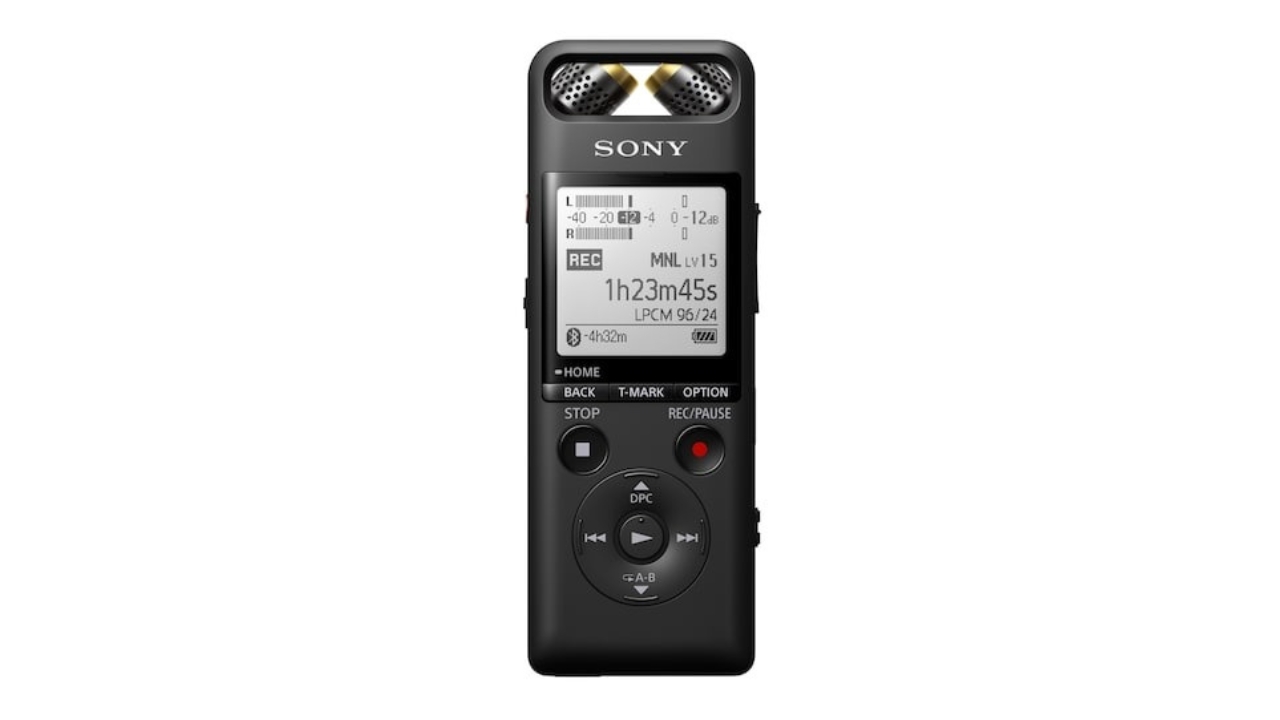
9. Sony PCM-A10
Our expert review:
Specifications
Reasons to buy
Reasons to avoid
Sony’s PCM-A10 is a slender, lightweight portable field recorder that sits a little closer to memo-recording than considered tracking; indeed, against similar field recorders at the same price point, it isn’t an especially impressive device. But what it may lack in wow factor, it makes up for in the longer run.
The PCM-A10 can record up to 96khz/24-bit, and does so either through its built-in and articulatable stereo mics or through its stereo mini-jack input. The articulatable mic array means you can easily set up impromptu recordings with the specifics of your situation in mind, and the external mic input lets you level up your resulting recordings with ease.
The PCM-A10 wins on connectivity, with NFC capability enabling you to connect via Bluetooth with just a tap. The built-in battery is enough for over 12 hours of non-stop recording, meaning you could set this up and leave it running all day while you move on to other things.
FAQs
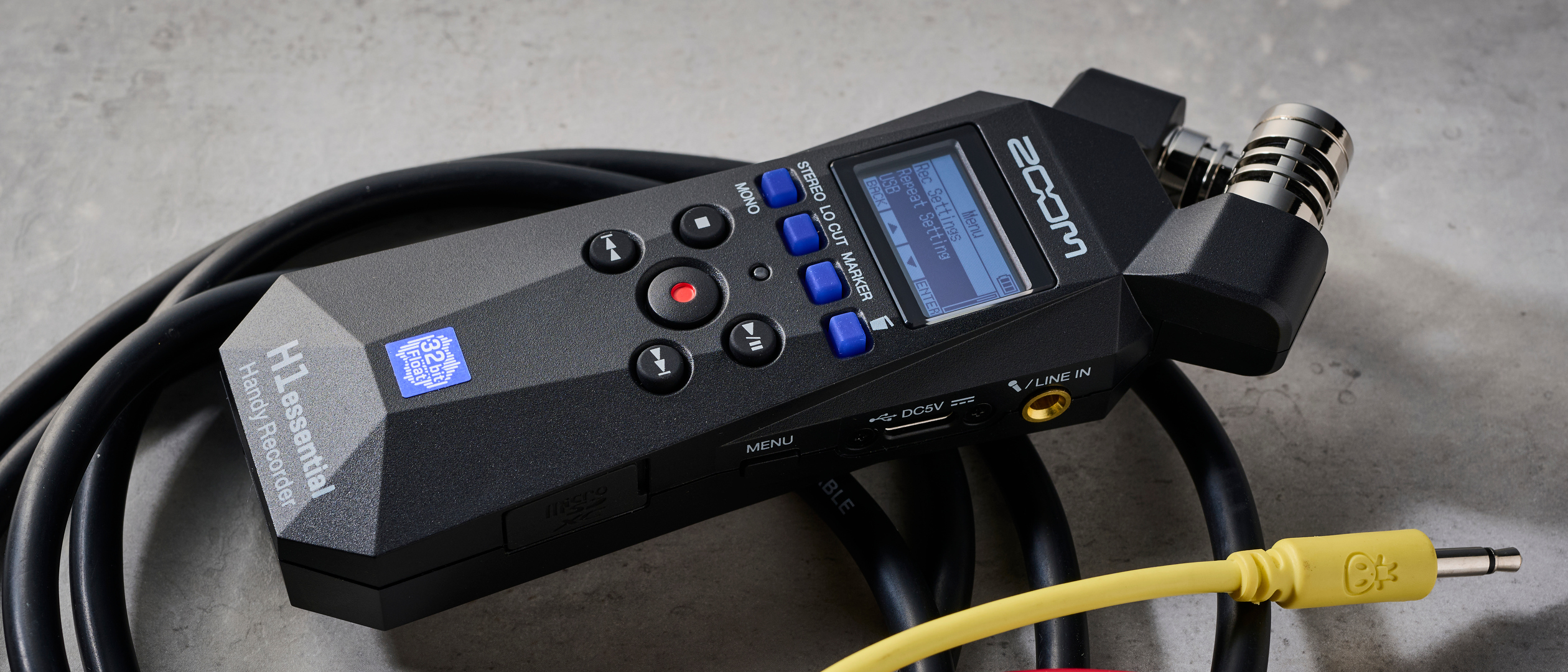
What does a field recorder do?
A field recorder, put simply, is a portable device that enables you to record audio out and about – typically built with durability in mind. Field recorders take a variety of forms, from extremely small and simplistic voice-recording devices to large, rugged and feature-rich stand-alone recording systems.
Most field recorders have some form of built-in microphones, and even a built-in speaker to audition recorded files, but there are some which act more as an interface than a recorder – requiring external microphones and headphones.
At the higher end of the price and feature spectrum, field recorders will also act as audio interfaces. This is useful for ease of file editing and transfer, but especially so now with the roll-out of 32-bit float audio as a modern standard. 32-bit recorder/interface combos mean you can handle your recorded files without having to downsample, and hence lose that huge dynamic range before you can utilise it in the edit stage.
Why should I buy a field recorder?
If you’re thinking about buying a field recorder, you probably already have an idea in mind of how you’d use it. Field recorders are extremely versatile things, and take in a wide variety of different shapes as well. Smaller field recorders are lightweight and pocket-friendly, ideal for capturing sounds on instinct or at a moment’s notice; bigger field recording devices are portable professional rigs, designed to act almost as a studio-on-wheels.
You might get a field recorder simply to capture your ideas as you have them, whether song demos or the tunes you find yourself humming in the bath. You might be looking to incorporate natural sounds and soundscapes in your electronic music, and hence need a way to catch vibrant natural textures out and about. You might have a podcast or other such digital production, where you need to capture multiple simultaneous recordings and do so on the move. There is a field recorder for each of these needs, and so many more.
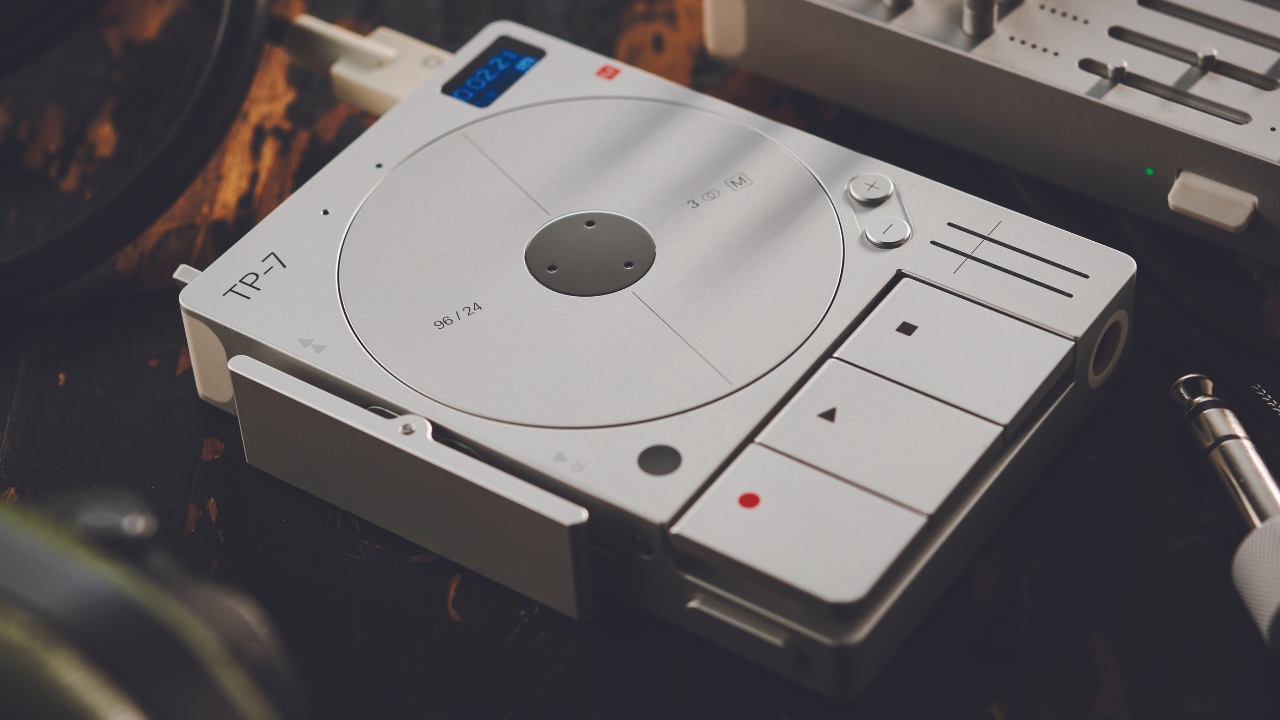
How should I choose a field recorder?
So, do you want a device that will easily travel everywhere with you, ready to snatch everyday sonic surprises at the press of a button? Or will your recording sessions be more planned affairs, with the aim of making a definitive, quality recording?
If you choose to go down the pocket route, then twin mics that swivel to give you AB and XY configurations are a useful option. They enable you to record a focused stereo field for nearby sources – such as a guitar-toting singer-songwriter – or a wider field, for broad stereo capture of an environment or veritable choir of sources. The ability to set recording levels independently for each mic is a real plus-point too.
If you’re planning on recording something like a podcast out in the field, then you’ll want a field recorder with a number of inputs. This way, you can give each contributor their own microphone, and their own audio channel. This makes mixing and editing your resulting recordings far easier, and ensures no one voice is lost due to their position in the room. This also applies to more involved live music sessions.
For getting decent ambient field recordings, you want a field recorder with the lowest possible signal-to-noise ratio. With 32-bit float recording becoming increasingly available in commercial recorders, this might be a great option for catching those impossibly quiet ambient sounds without risking ruination by digital noise or unexpected volume spikes. However, to properly avail yourself of 32-bit float’s dynamic range, you need the hardware to be able to post-process these files properly – which can mean more investment.
How do I get the best results from a field recorder?
Getting the best results from your field recordings depends greatly on what results you’re hoping to achieve. If recording a guitar and a voice, you might place your recorder three or four feet in front; with an XY mic array, you could turn the recorder so that the voice and guitar are preferred by each microphone respectively.
If you want to get clear and crisp captures of natural soundscapes, you want to place your recorder away from any potential sources of noise pollution – yourself included. If you plan to record outside then a fluffy windshield is a must, so check to see if one is thrown in. Some models may also offer a bundled app for your phone, which can be a godsend for checking levels and otherwise controlling your field recorder from afar.
Once you get hooked, your recording sessions will become more ambitious, and you'll be dying to experiment with better-quality external microphones. Our advice is to consider recorders with balanced XLR inputs from the start. Then, you're less likely to outgrow your first recorder too quickly.
Multi-channel recorders give you lots of tracks to play with. You can record a whole drum kit, multiple podcast guests, and configure sophisticated mic arrays for nature. Some, like the Zoom H8 and the Sound Devices MixPre-6 II, are so sophisticated that they rival basic DAWs, freeing you from the tyranny of your laptop.
What's the history of field recorders?
Field recorders are the product of immense audio-tech ingenuity, and have evolved from some extremely clever, austere roots. The earliest field recorders were reel-to-reel tape recorders, made smaller and yet smaller, first in the interests of spycraft, and then, by the 1960s, in the interests of location interviews and vox pops carried out by BBC journalists.
By the ’80s, memos and minutes from meetings would be taken via dictaphone; today, digital field recorders run the gamut, from zippo-sized memo-takers to eight-track pro recording rigs.
How we test

When testing a field recorder, we'll take a similar approach to that of a microphone. A field recorder is after all, a microphone you can take on the go with you and record anywhere.
First up we'll look at the overall build quality, examining the unit in detail to make sure it's well put together. A field recorder needs to live both inside and outdoors, often travelling around from place to place. This means rugged build quality is one of the most important features, as you want yours to record no matter what the conditions.
Next up we'll examine the menu systems and features of the recorder in question. We're looking to understand if it's easy enough to use that you can just pick up and record, or if you'll ned to do some menu-diving to get the best out of it. We'll also examine any extra features in depth, such as onboard EQs, external inputs for microphones, and things like a built-in audio interface.
Once these are done, we'll actually get to testing the sound quality. We'll try and capture as many sources as possible, perhaps using it for an interview, and then recording our favorite instruments, as well as taking them outside to capture ambience. Putting it through its paces in as many places as possible ensures we get a good overview of the field recorder's capabilities, allowing us to determine its best possible use case, as well as any pros and cons whilst it is in use.
We try and test any gear we get for as long as possible. Living with a field recorder allows us to get over the honeymoon period and see how it would be to use it for a long period of time. This also allows us to view any potential pitfalls that might occur over time, that otherwise wouldn't be noticeable at a glance.
Find out more about how we test music gear and services at MusicRadar.
Why trust us?

☑️ Established 2007
☑️ 2.9 million monthly users globally
☑️ 9,500+ reviews on-site
MusicRadar has been in operation from 2007 and has been helping people on their musical journey since then. No matter if you're a producer, guitarist, drummer, keyboardist, DJ or general music enthusiast, you'll find useful information across the site, while our team of experts and industry pros regularly put instruments and gear through their paces to help you make an informed decision.
Along with our in-depth buyer's guides, MusicRadar also provides all the latest news, reviews and how-to features to provide as music information on the music world as possible.
Thanks to you, we receive three million visitors per month, making us the one-stop shop for music makers and lovers worldwide - and we also feature content from our magazine titles such as Future Music, Computer Music, and eMusician.
Related buying guides
MusicRadar's got your back
- Best budget studio headphones for performance on a smaller budget
- Best budget microphones: our pick of budget mics for the studio and stage
- The 10 best laptops for music production right now
- Or the best budget laptops for cheap home recording
- The best studio headphones for music production
- The best microphones for recording instruments, vocals and podcasts
- The best podcasting microphones: record your first podcast today
Want all the hottest music and gear news, reviews, deals, features and more, direct to your inbox? Sign up here.
When Simon's childhood classical guitar teacher boasted he 'enjoyed a challenge', the poor man had no idea how much he'd underestimated the scale of the task ahead. Despite Simon's lack of talent, the experience did spark a lifelong passion for music. His classical guitar was discarded for an electric, then a room full of electrics before Simon discovered the joys of keys. Against all odds, Simon somehow managed to blag a career as a fashion journalist, but he's now more suitably employed writing for MusicRadar and Guitar World. When not writing or playing, he can be found terrifying himself on his mountain bike.
- Matt McCrackenJunior Deals Writer
- James GrimshawFreelance writer
